THE RESTORATIVE CITY: A new way to envision the future
“Nature is not a place to visit, it is home.” — Gary Snyder.
A few years ago, at the Minnesota Arboretum, several hundred people from a variety of sectors — tourism, housing development, health care, education and others — came together for a conference focused, in part, on the Nature Principle.
I was especially intrigued by the remarks of Mary Jo Kreitzer, a nursing professor at the University of Minnesota and director of the University’s Center for Spirituality and Healing. She said the state should make it a goal to become the healthiest state in the country, and that viewing the future through the prism of the Nature Principle could help Minnesota reach that goal.

She and others asked: If nature were the prism through which the future was imagined, what would it be like to live in that future?
Getting a handle on the future isn’t easy for cities, regions and states. Civic future-envisioning groups — with names like “Envision [insert city name here] 2020″ — are one way to do that. These earnest efforts to take the long view sometimes accomplish great achievements. But lately, they’re running out of ways to frame the future. After all, only so many regions can become the “new Silicon Valley.”
Traditionally, these envisioning groups focus primarily on economic competition (our Silicon Valley is better than yours). What if they tried something new? And asked a different set of questions?
What would a city or state’s health care system look like, if it maximized the benefits of nearby nature and wilderness to the mental and physical health of a region’s human population? What would that region’s future education system look like? Could an investment in creating more nearby nature improve health outcomes, save health care costs and enhance student academic performance? Many of us think so.
What about its residential or commercial developments (and redevelopments)? Could incorporating nature into the planning of revived or new communities dramatically increase the quality of life, not to mention property values?
If more nature were woven into everyday life — if natural watersheds were revived, if community gardens and other forms of urban agriculture (including immigrant agriculture and high-rise farms) were encouraged, what would the economy and spirit of the region be in, say, ten or twenty years?
And if natural open space were protected and new parks created, what would the effect be on human civility and the crime rate? A host of new studies suggests the answer would be profoundly positive. What would our homes and yards look like, feel like, were the Nature Principle applied?
What would be the long-term impact of a region-wide campaign that truly greened businesses and workplaces? We’re not talking here about just saving energy costs, but about creating human energy, through biophilic design, which is linked to higher productivity, lower employee turnover and more creativity in the workplace.
How would all of this, and more, shape the natural capacities of children of this and future generations?
On so many levels, such an envisioning process would be fundamentally different from the usual way that urban regions and states think about their futures. Tired approaches focus on one-upping the next town over, or other states, or on building an economy at the expense of other regions. But a community that applies the Nature Principle nurtures life itself — which helps every species, including humans, everywhere.
Why not envision that future?
The New Nature Movement Isn’t About Going Back to Nature, but Forward to a Nature-Rich Civilization
“Biophilic Cities” by Timothy Beatley
“Nature by Design: The Practice of Biophilic Design” by Stephen Kellert
“Bringing Nature Home” by Doug Tallamy
-
Network News
POLICY UPDATE: Policy and advocacy for the children and nature movement
-
Voices
Binoculars, bald eagles and my journey as a Black birder
-
Richard Louv
THE WONDER BOWL: Ten Spring and Summer Nature Activities for Kids and Adults
-
Network News
Minneapolis Spotlight: The promise and possibilities of parks for youth
-
Voices
Why nature is my motherhood ally


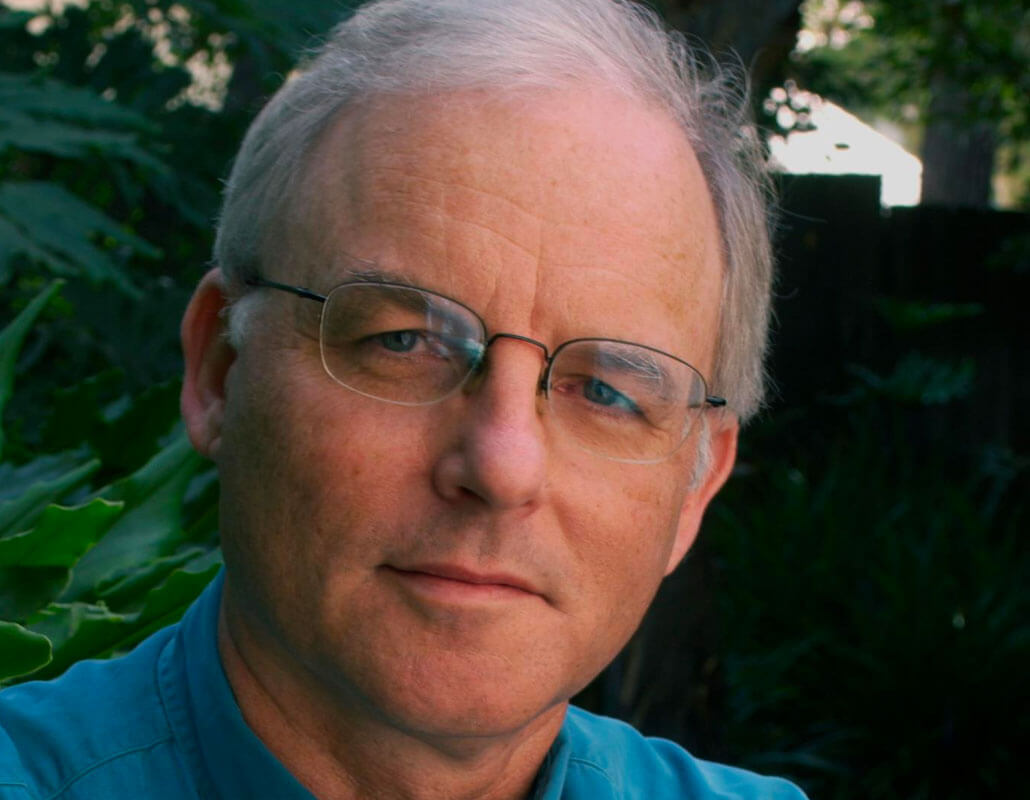
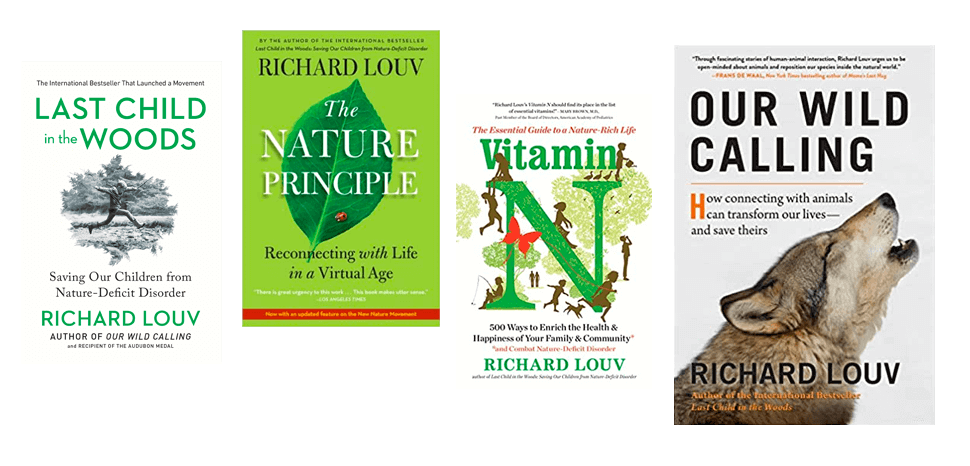
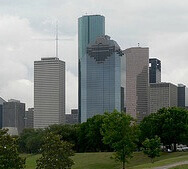
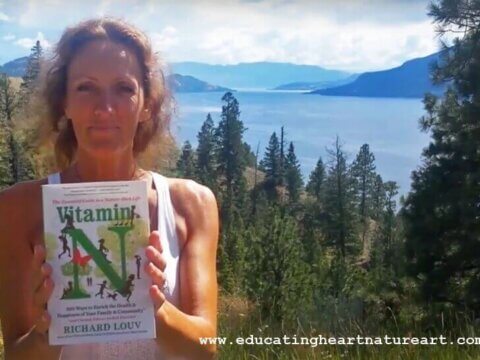
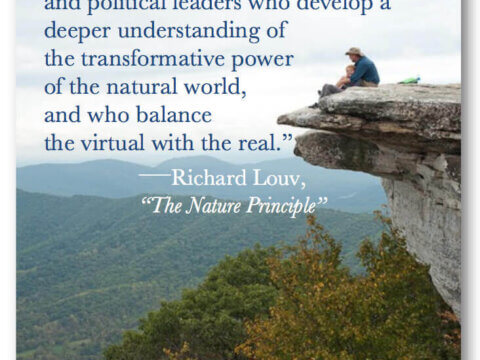
Commentaries on the C&NN website are offered to share diverse points-of-view from the global children and nature movement and to encourage new thinking and debate. The views and opinions expressed are those of the author(s) and do not necessarily reflect the position of C&NN. C&NN does not officially endorse every statement, report or product mentioned.